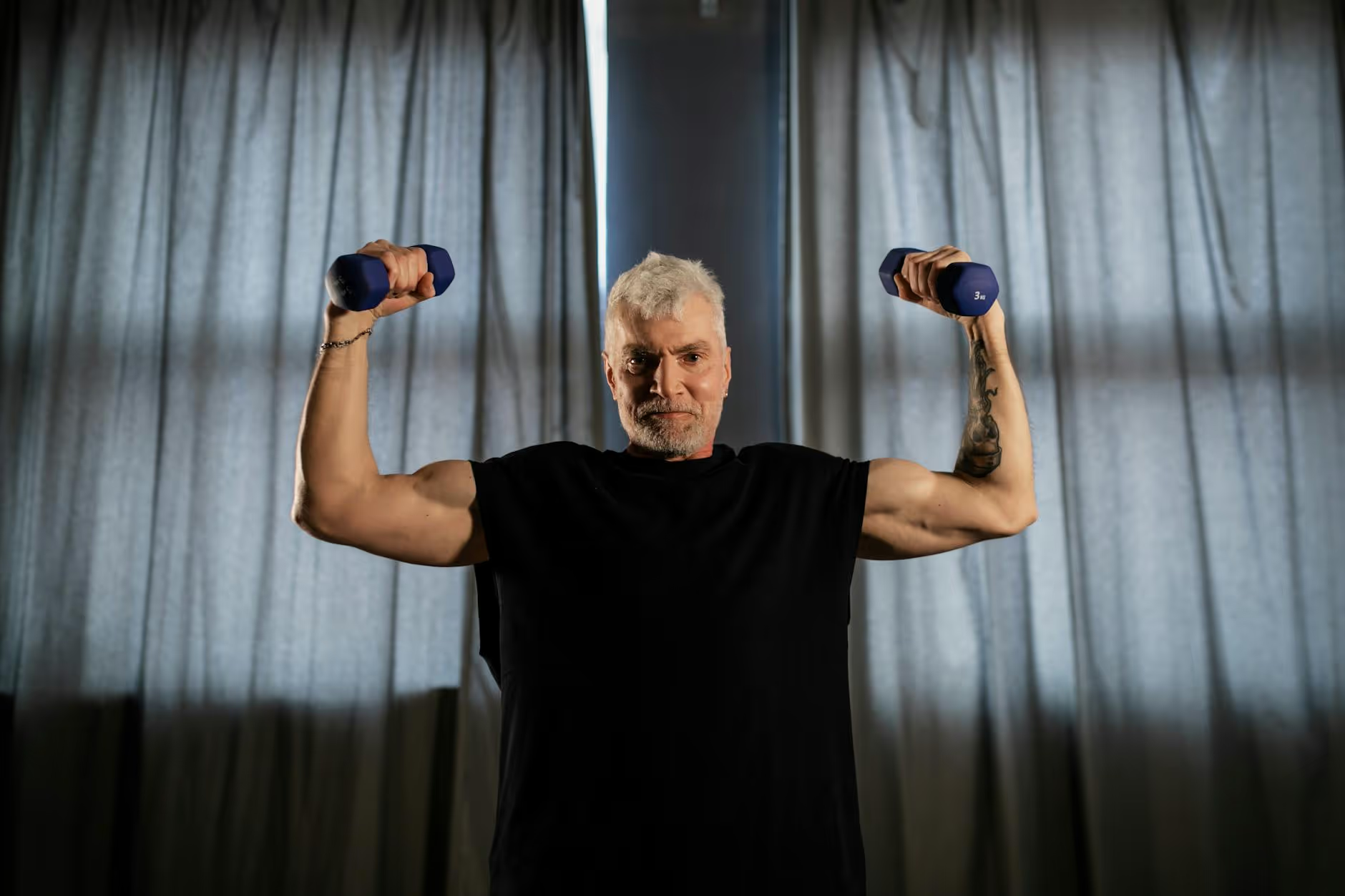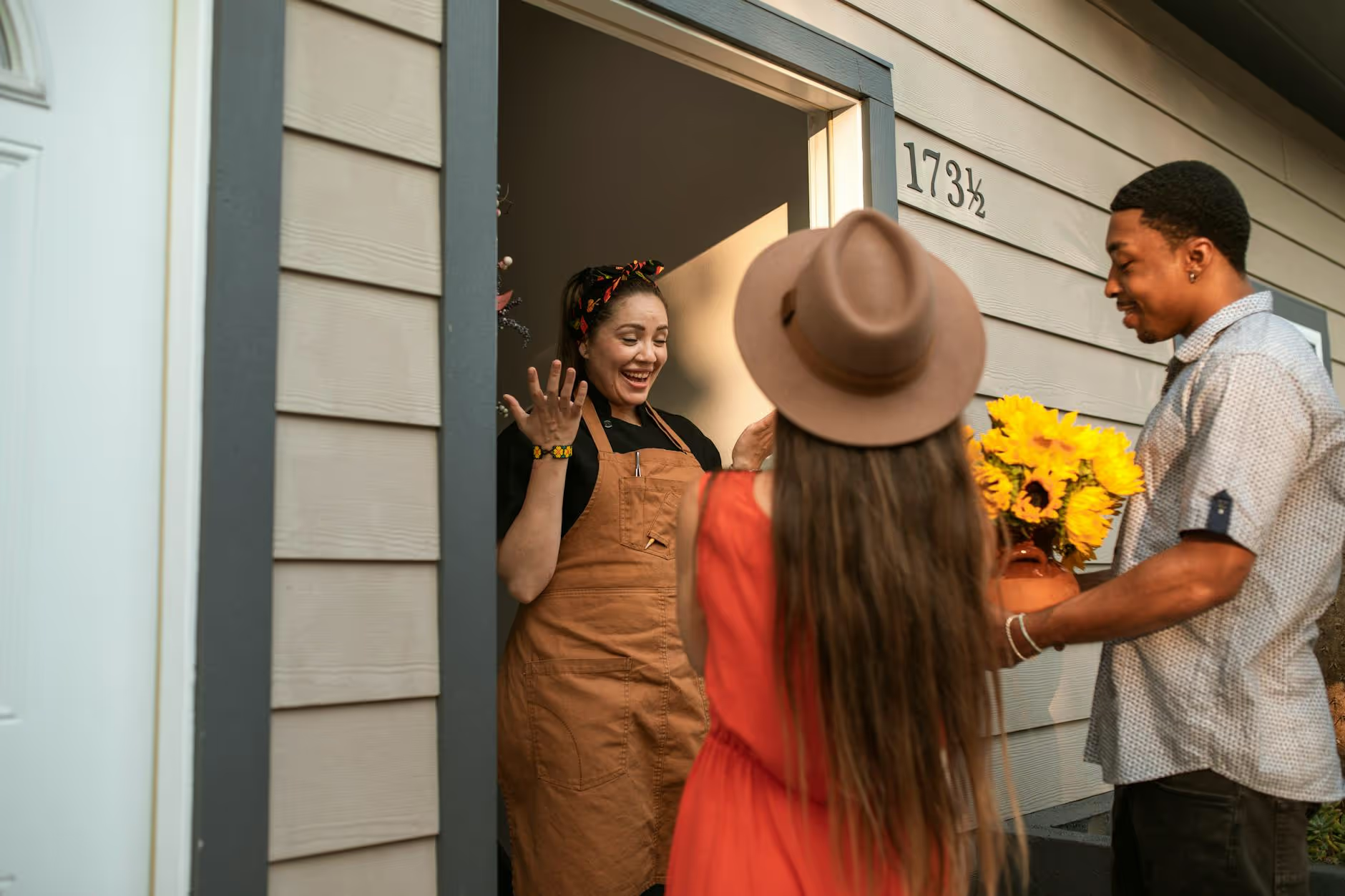How Long-Term Care Facilities Promote Independence for Seniors
April 11, 2025
Empowering Seniors: Independence Through Long-Term Care


Exploring Independence in Senior Living
Long-term care facilities play a crucial role in supporting seniors' independence and promoting autonomy. As the landscape of senior living evolves, strategies and services implemented in these environments have significantly enhanced the quality of life for elderly residents. This article delves into the various ways long-term care facilities foster independence, focusing on the features, programs, and practices that empower seniors.
Personalized Care Plans for Autonomy

What are Personalized Care Plans?
Personalized care plans are tailored frameworks designed specifically for each resident in a skilled nursing facility. They are developed through collaborative efforts involving residents, their families, and care teams, ensuring that each individual’s unique needs and preferences are met. This approach promotes autonomy as residents remain at the center of their care decisions, helping to maintain a sense of independence even when they require assistance in daily living.
How Does Family Involvement Contribute to Independence?
Family involvement is paramount in the success of personalized care plans. Engaging families in the decision-making process not only helps in tailoring the care effectively but also reinforces the emotional bonds that are crucial for the resident's well-being. When families are actively participating, they can address specific concerns that might affect the resident's independence and overall satisfaction with their living situation.
What is the Impact on Resident Autonomy?
The promotion of resident autonomy is crucial in long-term care settings. Facilities that prioritize personalized care allow seniors to make choices regarding their daily activities, meals, and routines. This autonomy significantly impacts their emotional health, providing a sense of control that enhances their dignity and self-worth. Decisions surrounding personal care, food preferences, and social activities empower residents to lead fulfilling lives, even in a supportive care environment.
In summary, personalized care plans not only focus on medical needs but also emphasize family connections and respect for individual choices, which are vital in fostering independence among seniors in long-term care.
Enhancing Daily Independence Through Engaging Activities

How can independence be promoted in care homes for seniors?
Independence in care homes can be promoted by encouraging residents to maintain their personal care routines, like bathing, dressing, and grooming. This can be supported through adaptive tools and necessary assistance. Furthermore, involving residents in decision-making about their daily activities enhances their sense of control and autonomy.
Engaging activities play a crucial role in this process. Offering a variety of physical, cognitive, and social activities not only stimulates seniors' minds and bodies but also fosters connections with peers. Activities such as memory games, fitness classes, and creative workshops allow residents to explore interests while maintaining social engagement.
Additionally, organizing community outings helps residents stay connected to the outside world, reinforcing their sense of purpose. Regular visits from family and friends enhance feelings of value and connection, contributing significantly to well-being.
Lastly, personalized care plans that align with each resident's preferences and abilities can further support their independence and dignity. This comprehensive approach to care enables seniors to thrive while enjoying a fulfilling, independent lifestyle within the care home environment.
Medical and Technological Support for Independence

Assistive Devices and Technology
Skilled nursing facilities are increasingly integrating assistive devices and technology into daily routines. These aids can range from mobility scooters to smart home systems designed to enhance sensory capabilities. Their use significantly contributes to residents’ independence, allowing them to perform daily tasks with greater ease.
Access to Medical Services
Access to medical services is vital in maintaining health and independence for seniors in long-term care. Many facilities have wellness clinics on-site and provide routine health check-ups, ensuring immediate attention to health issues. Timely medical services not only support the management of chronic conditions but also empower residents to stay active and engaged in their daily lives.
Health Education
Health education initiatives in skilled nursing facilities play a crucial role in fostering independence. By involving families in healthcare decisions and providing residents with tailored information, facilities encourage informed choices about health management. This empowerment enables seniors to better understand their care needs and promotes autonomy in health-related decisions.
| Category | Service Type | Impact on Independence |
|---|---|---|
| Assistive Devices | Mobility aids, smart technology | Enhances daily task performance |
| Medical Services | On-site clinics, routine check-ups | Timely intervention for health issues |
| Health Education | Family involvement, tailored information | Empowers informed decision-making about health care |
Facilities that effectively combine these elements not only support individual autonomy but also enhance overall well-being for their residents.
The Role of Rehabilitation Services

Rehabilitation after surgery or illness
Rehabilitation services play a crucial role in helping seniors recover their independence after surgery or illness. Skilled nursing facilities provide targeted programs that focus on restoring functionality and improving quality of life. After an event such as surgery, seniors often need guidance and treatment to regain their strength and mobility.
Physical and occupational therapy
Physical and occupational therapy are two primary services provided in rehabilitation. Physical therapy emphasizes improving mobility, strength, and balance through tailored exercises and interventions. Conversely, occupational therapy centers on enhancing a senior’s ability to perform daily tasks, from personal care routines to engaging in hobbies. Both therapies are designed to empower residents, facilitating their recovery process and helping them maintain autonomy in their daily lives.
| Service Type | Focus Area | Key Benefits |
|---|---|---|
| Physical Therapy | Mobility, strength, balance | Regaining physical function and confidence |
| Occupational Therapy | Daily task performance | Enhancing quality of life and independence |
| Rehabilitation Programs | Comprehensive recovery plan | Support through tailored care and engagement |
Rehabilitation services not only foster physical recovery but also enhance overall wellbeing, helping seniors lead active, independent lives.
Social and Environmental Design for Autonomy
What strategies support elderly independence in care environments?
Supporting elderly independence in care environments goes beyond just providing assistance; it's about enabling seniors to actively participate in their daily lives. Here are some strategies that promote this autonomy:
Design Features Promoting Independence: Care facilities should be designed with accessibility in mind, featuring wide hallways, flat thresholds, and ramps to facilitate safe movement. Specialized rooms equipped with grab bars and low-entry showers not only support mobility but also foster a sense of control, allowing residents to navigate their spaces independently.
Safety Measures: Safety is paramount, and the inclusion of emergency call systems and 24/7 security ensures that residents feel secure, empowering them to engage in activities with peace of mind. This safety net is critical when combined with thoughtful designs that encourage self-sufficiency.
Community Integration: Assisted living facilities can foster a sense of community by integrating residents with the broader community through social activities and volunteer programs. Participation in shared events helps reduce feelings of isolation, promotes mental well-being, and reinforces their sense of agency.
By implementing these strategies, senior living environments can substantially enhance residents' independence, ensuring that support systems empower rather than hinder daily living.
Family and Community Involvement
Family Involvement in Care
Family involvement is crucial in assisted living facilities. Encouraging families to participate in decision-making about care plans not only strengthens bonds but also provides emotional support to residents. By discussing their loved ones’ needs openly, families can help manage transitions into care environments more smoothly.
Community Connections
Creating connections between residents and the wider community is essential for promoting social engagement. Assisted living facilities often facilitate intergenerational relationships and volunteer opportunities, which enrich the lives of seniors. Transportation services further enable residents to participate in community activities, fostering a sense of belonging.
Open Communication
Maintaining open lines of communication between staff, residents, and families is vital. Regular updates regarding care and well-being can reassure families and keep residents involved in their own care. This approach not only empowers seniors but also enhances their well-being and independence, allowing them greater control over their daily lives.
Challenges and Solutions in Promoting Independence

Challenges Faced by Assisted Living
Several challenges exist in promoting independence among residents in assisted living facilities. A significant number of residents, approximately 70%, experience cognitive impairments, which demand tailored support to enhance autonomy. Moreover, the rising acuity levels among residents necessitate a balance between providing assistance and fostering independence in daily activities.
Staffing and Policy Issues
Staffing shortages often escalate the difficulty in meeting resident needs. Additionally, outdated policies can prevent facilities from offering sufficient individualized support. Enhancements in staffing, training, and improving wages could greatly contribute to better meeting the complex needs of residents.
Balancing Care and Independence
Finding the right equilibrium between necessary assistance and allowing autonomy is crucial. Residents thrive when they can make choices about their daily routines and levels of help needed. Personalized care plans can effectively support this balance, ensuring that residents feel empowered while receiving the care they need.
Programs and Activities Fostering Engagement
How do cognitive and physical exercises promote senior engagement?
Cognitive and physical exercises are essential components of engagement programs in long-term care facilities. Cognitive interventions strengthen vital skills like decision-making and problem-solving. Programs often include activities such as puzzles, memory games, and group discussions that encourage mental stimulation, which is crucial for maintaining independence in daily life.
Physical exercises, including tailored fitness classes and water workouts, focus on improving strength and mobility. These activities not only foster physical health but also enhance self-care capabilities, promoting independence in basic daily tasks like dressing and bathing.
What are multicomponent interventions?
Multicomponent interventions combine cognitive and physical training with environmental support. These programs create age-friendly settings and empower residents to engage actively in both Instrumental Activities of Daily Living (IADLs) and Activities of Daily Living (ADLs). For example, incorporating fitness classes along with decision-making exercises supports holistic well-being.
How do social activities enhance community engagement?
Social engagement is significantly elevated through organized community activities. These social programs combat isolation, foster relationships among residents, and promote emotional well-being. Senior communities facilitate various group activities, enhancing a sense of belonging while allowing residents to pursue interests together. Such interactions are vital for encouraging a fulfilling and active lifestyle.
Conclusion: A New Era of Empowerment
Navigating the journey of aging, seniors in long-term care facilities are finding new paths to independence and empowerment through personalized care, innovative strategies, and supportive communities. As these institutions continue to evolve, the commitment to fostering autonomy remains a cornerstone of their ethos, ensuring seniors lead fulfilling, dignified lives.
References
- How Skilled Nursing Facilities Promote Autonomy Among Seniors
- Does Assisted Living Provide Assistance And Promote Living?
- Maintaining Independence in Long-Term Care | Rochester Regional ...
- How Senior Living Communities Promote Independence and Safety ...
- How Assisted Living Helps Seniors Maintain Independence
- Social Isolation Among Older Adults in Long-Term Care: A Scoping ...
- Benefits of Living in a Long-Term Care Facility
- Maintaining Seniors Independence: How Assisted Living Supports ...
- Effective Interventions on Improving Elderly's Independence in ...
- [PDF] Encouraging Resident Independence and Choice in Assisted Living


























































.jpeg)











































































































































































































.avif)























































.jpeg)

































































.jpeg)














.jpg)









































.jpeg)









































































.avif)




.avif)

















































.avif)







































































































































































